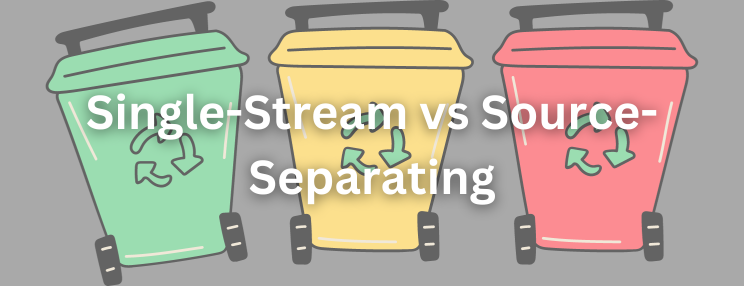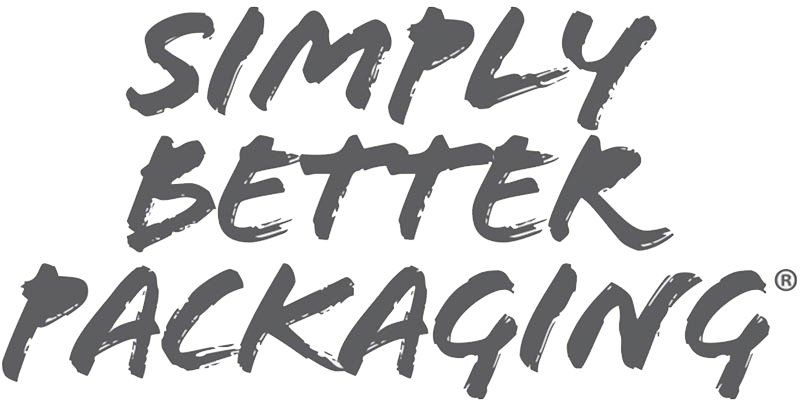Single-Stream vs. Source-Separation Recycling

In the US, we often throw all of our recycling in one bin and put it out on our curbs to be picked up. In other countries, though, recycling is picked up in different ways, but which way is the correct way to recycle?

Recycling is often seen as a very straightforward process: you place items into a bin, take the pin out the curb, and it gets picked up and taken to a facility to get sorted. This is referred to as single-stream recycling and is often practiced in the US, where all of the recyclables get placed into one bin and are separated by workers at sorting facilities rather than consumers [1]. Once the materials arrive at the facility, they are separated by machines and by humans to ensure all of the non-recyclables are removed and each material is separated so it can be sent to be properly recycled. [1]. This is much more convenient for the consumers as they don’t have to worry about separating their recyclables, which also leads to more engagement in recycling [1]. This is also cheaper for the collector as there is only one bin that needs to be collected [2]. There is one big issue with the system, though. Contamination is a huge problem when it comes to single-stream recycling, an example being glass shards from broken bottles contaminating paper mills [2]. While the big shards are easy to point out, small, inconspicuous pieces are much harder to find and are therefore much harder to remove [2]. With all of the items being comingled, there is a high probability of them contaminating each other, resulting in the items going from recyclable to unrecyclable. The overall cost of single-stream recycling is also much higher as the processing and contamination costs outweigh the money saved from reduced pickup costs [2]. Single-stream recycling has many benefits, but there are many downfalls to keep in mind as well.
Single stream is the system that we are used to in the United States, but there are other recycling systems that other countries use, such as Germany. Source-separated recycling is a system in which the items are separated by material prior to being picked up [3]. Since the items are separated, the chances of contamination are reduced, and the quality of the materials is much higher [4]. The items are also separated by the consumer, so the total separation costs are lower when compared to single-stream recycling [3]. While this system seems much more ideal as risk of contamination are reduced, there are cons to recycling this way. [4]. With source separation, more participation from the consumer is required to sort the materials. With more effort required from the consumer, there is a chance that participation in recycling is lowered [3].
There are pros and cons to both systems, so choosing which is better may not be a clear cut as it seems. . No solution is perfect, but the pros of each one show how beneficial recycling is. Whichever system is in place, it is important to participate in recycling to ensure that materials are being reused instead of wasted!
[1] Pros and Cons of Single-Stream Recycling | Dumpsters.com
[2] The Pros and Cons of Single-stream Recycling (buildgreennh.com)
[3] Single Stream Versus Source Separation Recycling – RecycleNation
[4] Contracting Best Practices: Source Separation Requirement or Preference | US EPA
ABOUT PLACON
Since 1966, Placon has been a leading designer and manufacturer of innovative and sustainable plastic packaging for medical, food, and consumer goods markets. Placon has manufacturing operations in Madison, WI; West Springfield, MA; Elkhart, IN; and Plymouth, MN, and is currently ranked in the Top 20 in Plastics News 2024 Thermoformers Rankings. Placon delivers packaging breakthroughs that inspire better engagement between people and products.




